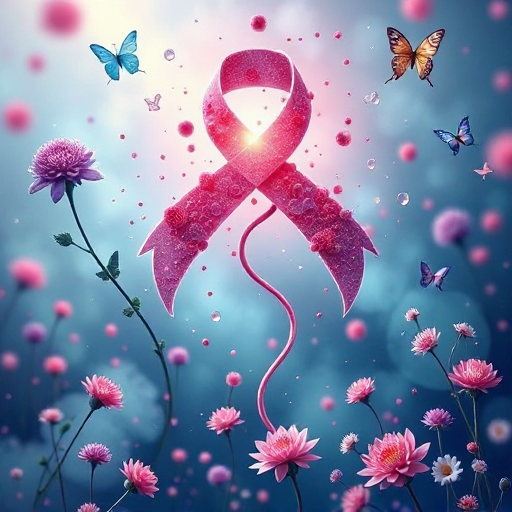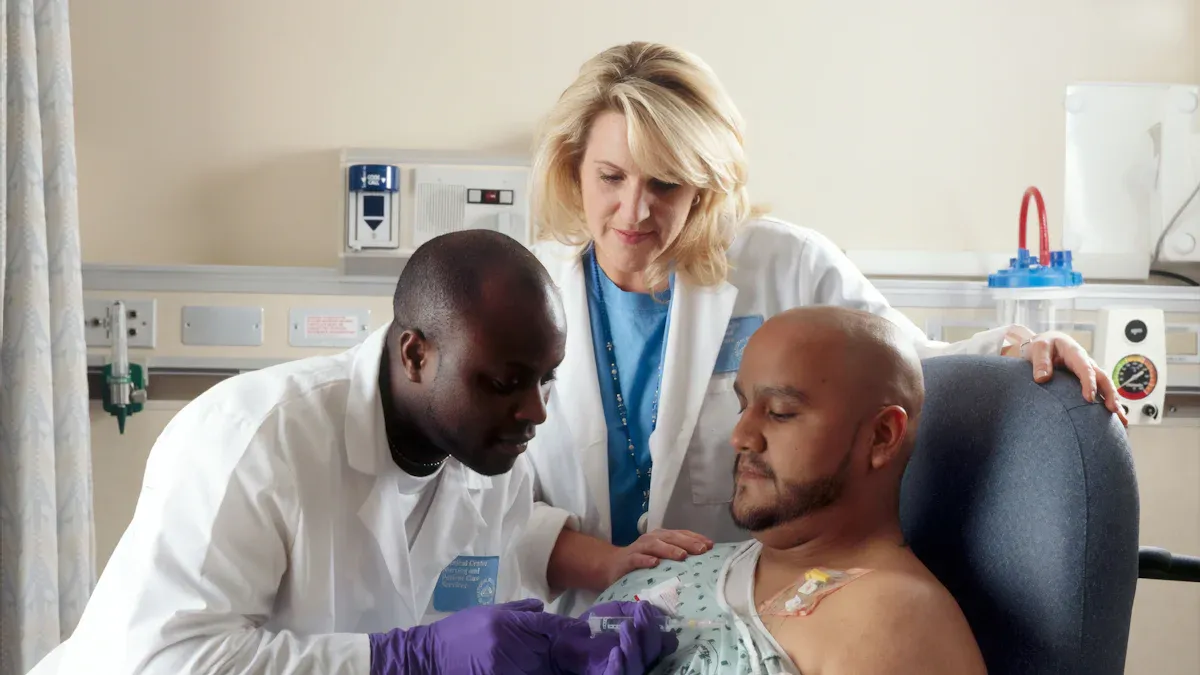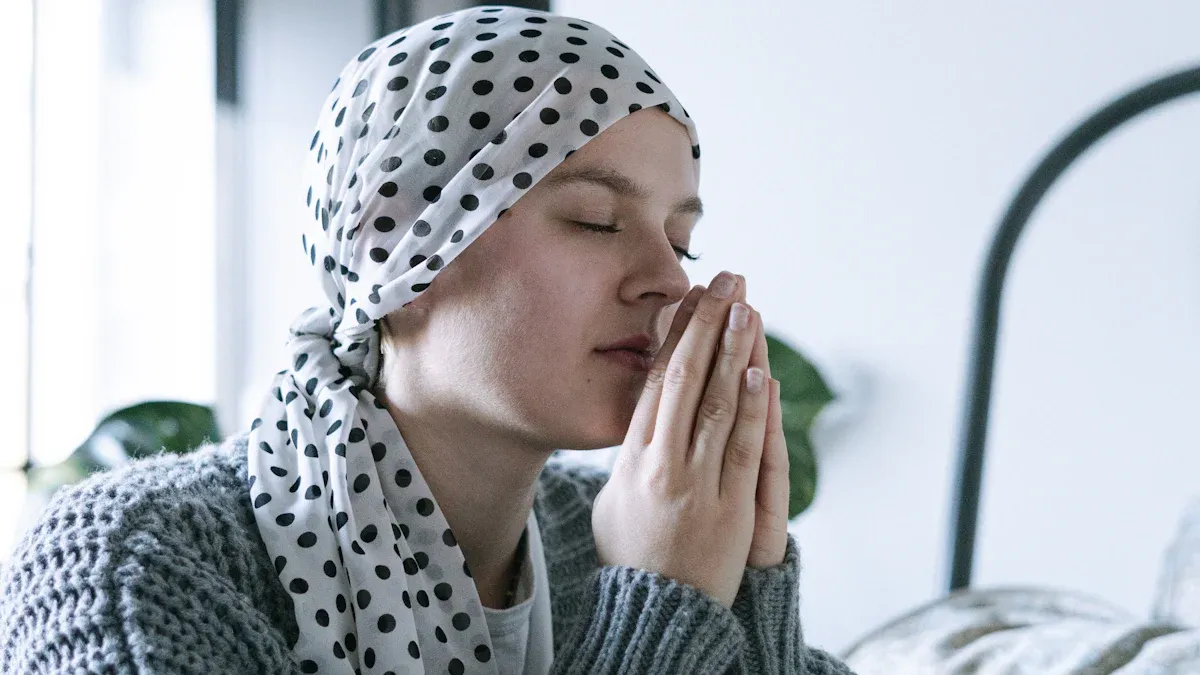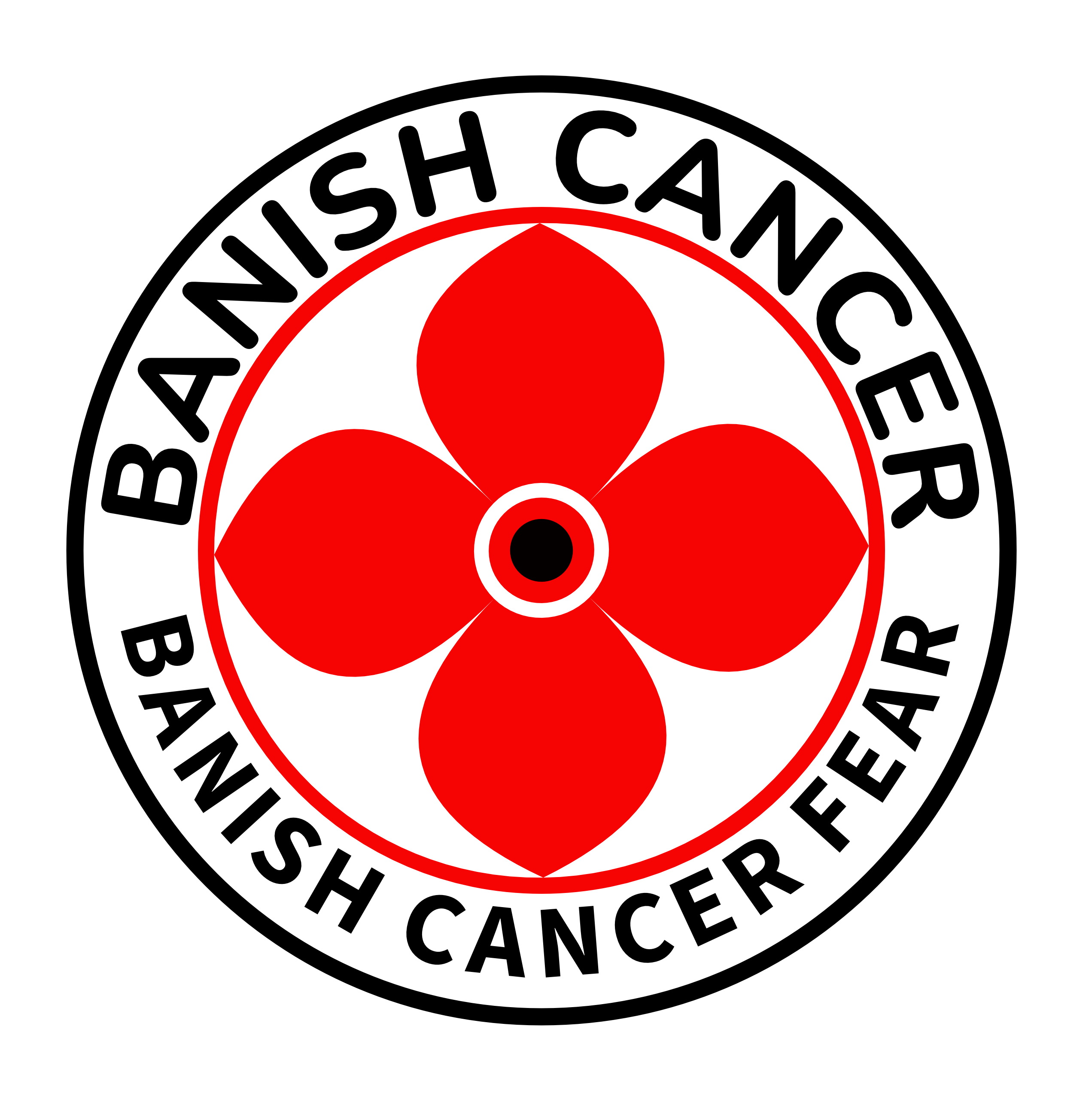The Benefits and Drawbacks of Traditional Chemotherapy

Traditional chemotherapy: pros play a vital role in cancer treatment. It has proven effective in shrinking tumors and stopping cancer from spreading. However, it also presents challenges, such as side effects and impacts on your quality of life. Studies highlight the importance of understanding chemotherapy’s effects, including its toxicity and potential to reverse cancer’s malignant traits. Researchers continue to explore ways to reduce these toxicities, aiming to improve outcomes. By learning about its benefits and drawbacks, you can make informed decisions about your treatment options.
Key Takeaways
Traditional chemotherapy helps shrink tumors and stop cancer from spreading. It is a trusted treatment for many types of cancer.
Chemotherapy can make life better in late cancer stages. It eases symptoms and gives patients more time with family and friends.
Chemotherapy often causes nausea and tiredness. Talking to your doctor can help control these problems.
Using chemotherapy with other treatments, like surgery or new medicines, can work better and help patients recover more.
New treatments focus on fewer side effects and personal care. They are designed to fit each patient’s unique needs.
Traditional Chemotherapy: Pros

Proven Effectiveness
High success rates in specific cancers
Traditional chemotherapy has demonstrated high success rates in treating certain cancers. For example, clinical trials show that chemoradiotherapy (CRT) improves survival for muscle-invasive bladder cancer (MIBC), with a median overall survival of 32.8 months. Cisplatin-based chemotherapy remains a cornerstone treatment for advanced stages of this cancer. These results highlight the reliability of chemotherapy in managing even aggressive cancers.
Shrinks tumors and prevents cancer spread
Chemotherapy works by targeting rapidly dividing cells, which include cancer cells. This ability allows it to shrink tumors effectively and stop cancer from spreading to other parts of the body. By reducing tumor size, chemotherapy can also make other treatments, like surgery, more successful.
Systemic Treatment
Targets cancer cells throughout the body
Unlike localized treatments, chemotherapy travels through your bloodstream, reaching cancer cells wherever they are. This systemic approach makes it especially effective for cancers that have spread beyond their original site.
Effective for metastatic cancers
When cancer spreads to distant organs, chemotherapy often becomes the primary treatment option. Its ability to target cancer cells throughout the body provides hope for patients with metastatic cancers. This broad reach ensures that no area is left untreated, increasing the chances of controlling the disease.
Role in Palliative Care
Relieves symptoms and improves quality of life
In advanced cancer stages, chemotherapy plays a vital role in palliative care. It helps shrink tumors that may be causing pain or other symptoms, offering relief and improving your quality of life.
Extends survival in advanced stages
Even when a cure is not possible, chemotherapy can extend survival. By slowing cancer progression, it gives patients more time and the opportunity to spend meaningful moments with loved ones.
Did you know? Traditional chemotherapy has a long history of success, with well-established protocols that ensure predictable outcomes. Its broad effectiveness against various cancers makes it a trusted option for many patients.
Benefit | Description |
|---|---|
Broad Effectiveness | Effective against various cancers due to its ability to target rapidly dividing cells. |
Established Protocols | Long history has led to well-defined treatment guidelines and predictable outcomes. |
Palliative Benefits | Shrinks tumors and alleviates symptoms, improving patient quality of life. |
Compatibility with Other Treatments
Enhances the effectiveness of surgery and radiation
Traditional chemotherapy works well when combined with surgery or radiation therapy. It can shrink tumors before surgery, making them easier to remove. After surgery, it helps destroy any remaining cancer cells, reducing the risk of recurrence. Radiation therapy also benefits from chemotherapy. When used together, chemotherapy makes cancer cells more sensitive to radiation, improving its effectiveness.
Studies show that combining chemotherapy with radiation therapy leads to better outcomes. For example:
Treatment Group | 2-Year Survival Rate | Local Recurrences | Distant Metastases |
|---|---|---|---|
Chemotherapy + Radiation | 68% | Fewer (P = 0.0005) | Fewer (P = 0.016) |
Surgery + Radiation | 68% | More | More |
This data highlights how chemotherapy enhances the success of other treatments, giving you a better chance of controlling the disease.
Used in combination therapies for better outcomes
Combination therapies often include chemotherapy alongside other treatments like immunotherapy or targeted therapy. This approach attacks cancer from multiple angles, increasing the chances of success. For instance, chemotherapy can weaken cancer cells, making them more vulnerable to other treatments.
Research comparing chemotherapy combined with radiation to radiation alone demonstrates the benefits of combination therapies. Patients receiving both treatments had a median survival of 12.5 months, compared to 8.9 months for those receiving only radiation. Additionally, the 24-month survival rate was 38% for the combination group, significantly higher than the 10% for radiation alone.
Treatment Group | Median Survival | 12-Month Survival Rate | 24-Month Survival Rate | Local Recurrences | Distant Recurrences |
|---|---|---|---|---|---|
Chemotherapy + Radiation | 12.5 months | 50% | 38% | Fewer (P < 0.02) | Fewer (P < 0.01) |
Radiation Alone | 8.9 months | 33% | 10% | More | More |
By combining treatments, you can achieve better outcomes and improve your chances of long-term survival. Traditional chemotherapy: pros like these make it a valuable part of cancer care.
Drawbacks of Traditional Chemotherapy

Side Effects
Common side effects like nausea, fatigue, and hair loss
Traditional chemotherapy often causes a range of side effects that can disrupt your daily life. These include nausea, fatigue, and hair loss, which are among the most common complaints from patients. You may also experience changes in appetite, weight fluctuations, or digestive issues like constipation and diarrhea. Peripheral neuropathy, which causes numbness or tingling in your hands and feet, is another frequent issue.
Other side effects, such as mouth sores, dry skin, and nail changes, can make you feel uncomfortable. Some patients report "chemo brain," a condition that affects memory and concentration. These symptoms can vary in severity, but they often require additional care and support during treatment.
Long-term effects on organs and immune system
Chemotherapy drugs can have lasting impacts on your body. Over time, they may damage vital organs like the heart, kidneys, liver, or lungs. This damage can lead to chronic health problems even after treatment ends. Additionally, chemotherapy weakens your immune system, making you more vulnerable to infections. Some drugs also increase the risk of secondary cancers years later, adding to the long-term challenges.
Note: While these side effects can be difficult, advancements in supportive care have improved the management of many symptoms, helping patients cope better during treatment.
Resistance Development
Cancer cells adapting to chemotherapy
Cancer cells have the ability to adapt and become resistant to chemotherapy drugs. This resistance can occur due to genetic mutations or changes in the way cancer cells process the drugs. For example, some cells may develop mechanisms to pump the drugs out before they can take effect.
Reduced effectiveness over time
As resistance develops, chemotherapy becomes less effective. This can make it harder to control the disease, especially in advanced stages. Studies show that both intrinsic resistance (present from the start) and acquired resistance (developed over time) limit the success of treatment. These challenges highlight the need for alternative strategies, such as combination therapies, to overcome resistance.
Quality of Life Impacts
Physical and emotional toll on patients
Undergoing chemotherapy can take a significant toll on your physical and emotional well-being. The physical side effects, combined with the stress of treatment, often lead to feelings of anxiety or depression. Many patients report difficulty sleeping, mood changes, and a loss of energy, which can affect their overall outlook on life.
Challenges in maintaining daily activities
The side effects of chemotherapy can make it hard to maintain your usual routines. Fatigue and weakness may limit your ability to work, exercise, or spend time with loved ones. Research shows that patients often experience a decline in health-related quality of life (HRQoL) during treatment. This highlights the importance of ongoing support and interventions to help you manage these challenges effectively.
Key Findings | Description |
|---|---|
Negative Impact on HRQoL | Chemotherapy significantly reduces health-related quality of life. |
Psychological Effects | Patients face emotional challenges, requiring mental health support. |
Importance of HRQoL Assessment | Regular assessments improve communication and patient care. |
Tip: Discussing your concerns with your healthcare team can help you find ways to manage these impacts and improve your quality of life during treatment.
Non-Specific Targeting
Damage to healthy, rapidly dividing cells
Traditional chemotherapy does not differentiate between cancerous and healthy cells. It targets all rapidly dividing cells in your body, which includes healthy ones like those in your hair follicles, bone marrow, and digestive tract. This non-specific targeting often leads to side effects such as hair loss, nausea, and a weakened immune system.
Recent research has revealed that chemotherapy can cause systemic DNA damage and inflammation in healthy cells. This damage is not always due to the direct effects of the drugs. Instead, dying cancer cells release cell-free chromatin particles (cfChPs), which can harm nearby healthy cells. These particles damage DNA and trigger inflammation, further contributing to the toxicity of chemotherapy. Scientists are exploring ways to neutralize or degrade cfChPs to reduce these harmful effects.
Tip: Discussing supportive care options with your healthcare team can help manage these side effects and protect your healthy cells during treatment.
Increased risk of secondary health issues
The damage caused by chemotherapy to healthy cells can lead to long-term health problems. For example, the destruction of bone marrow cells may result in anemia or a reduced ability to fight infections. Damage to the lining of your digestive tract can cause chronic gastrointestinal issues.
Additionally, chemotherapy increases the risk of secondary cancers. The DNA damage it causes in healthy cells may lead to mutations that develop into new cancers over time. While these risks are relatively rare, they highlight the importance of monitoring your health after treatment.
Key risks associated with chemotherapy:
Systemic DNA damage in healthy cells.
Increased inflammation due to cfChPs.
Higher likelihood of secondary cancers.
Understanding these risks can help you make informed decisions about your treatment and explore strategies to minimize potential harm.
Recent Advancements in Chemotherapy
Targeted Chemotherapy
Focuses on specific cancer cells, sparing healthy cells
Targeted chemotherapy represents a significant leap forward in cancer treatment. Unlike traditional methods, it focuses on specific molecules or pathways unique to cancer cells. This precision allows it to attack tumors while sparing healthy tissues. For example, innovative drug delivery systems now improve the biodistribution of chemotherapeutic agents, ensuring they reach the intended target with minimal collateral damage.
Reduces side effects compared to traditional methods
By concentrating on cancer cells, targeted therapies reduce the side effects commonly associated with traditional chemotherapy. Patients often report fewer issues like nausea, fatigue, and hair loss. Studies also show that targeted approaches improve health-related quality of life (HRQoL) during treatment. However, challenges like resistance and high costs remain areas of ongoing research.
Treatment Type | Pros | Cons |
|---|---|---|
Traditional Chemotherapy | - Broad Effectiveness: Effective against various cancers. | - Side Effects: Nausea, hair loss, fatigue, immune suppression. |
Targeted Therapies | - Personalized Approach: More tailored to individual patient needs. | - Challenges: Potential for resistance and high costs. |
Immunotherapy Integration
Enhances the body’s immune response to cancer
Immunotherapy works by boosting your immune system to fight cancer more effectively. When combined with chemotherapy, it enhances the overall treatment response. For instance, antioxidant molecules and immunotherapy strategies are being explored to improve patient recovery and well-being during therapy.
Used alongside chemotherapy for better outcomes
The integration of immunotherapy with chemotherapy has shown promising results. This combination attacks cancer from multiple angles, increasing the likelihood of success. Research highlights how molecular targeting and precision oncology are paving the way for treatments that are both effective and less toxic.
Personalized Medicine
Tailoring chemotherapy based on genetic profiling
Personalized medicine uses genetic profiling to customize chemotherapy for each patient. This approach ensures that you receive the most effective drugs for your specific cancer type. Advances in nanomedicine and gene therapy are also contributing to this tailored approach, offering new possibilities for treatment.
Optimizing treatment effectiveness and minimizing risks
By tailoring treatments, personalized medicine reduces the risks associated with traditional chemotherapy. It optimizes drug selection and dosage, improving outcomes while minimizing side effects. These advancements mark a shift toward more precise and patient-centered care.
Tip: Discussing genetic testing with your doctor can help you explore personalized treatment options tailored to your needs.
Improved Supportive Care
Advances in managing side effects
Chemotherapy often comes with challenging side effects, but recent advancements have made managing them much easier. New medications now help you control nausea and vomiting, which are common during treatment. Anti-nausea drugs, such as serotonin receptor antagonists, block the signals that trigger these symptoms. This allows you to feel more comfortable and focus on recovery.
Fatigue, another frequent issue, can also be addressed with better strategies. Doctors now recommend light physical activities, like walking, to boost your energy levels. Additionally, improved hydration and nutrition plans help you maintain your strength throughout treatment.
Pain management has also seen significant progress. For example, nerve pain caused by chemotherapy can now be treated with medications like gabapentin. These advancements ensure that you experience less discomfort during your journey.
Tip: Always share your symptoms with your healthcare team. They can provide solutions tailored to your needs.
Better patient support during treatment
Supportive care goes beyond managing physical symptoms. Emotional and mental health support has become a key focus in modern chemotherapy care. Many hospitals now offer counseling services to help you cope with the stress and anxiety of treatment. Support groups also connect you with others who understand your experiences, creating a sense of community.
Technology has further improved patient care. Mobile apps now track your symptoms and provide reminders for medications. These tools keep you organized and help your doctors monitor your progress.
Supportive Care Options | Benefits |
|---|---|
Counseling Services | Helps you manage stress and emotional challenges. |
Support Groups | Provides a sense of community and shared experiences. |
Mobile Health Apps | Tracks symptoms and ensures timely communication with your care team. |
Did you know? Studies show that patients receiving emotional support during chemotherapy report higher satisfaction and better outcomes.
By combining physical and emotional care, modern supportive strategies ensure you feel empowered and well-supported throughout your treatment.
Traditional chemotherapy remains a vital tool in cancer treatment. Its ability to target cancer cells throughout your body makes it effective for many types of cancer. However, the side effects and impacts on your daily life require careful consideration.
Recent advancements, like targeted therapies and personalized medicine, offer hope for reducing these challenges. These innovations aim to improve outcomes while minimizing risks.
Remember: Every treatment decision should be tailored to your unique needs. Discussing options with your healthcare team ensures you balance the benefits and risks effectively.
FAQ
What is traditional chemotherapy?
Traditional chemotherapy uses drugs to kill rapidly dividing cancer cells. These drugs travel through your bloodstream, targeting cancer cells throughout your body. It is often used to treat various cancers, either alone or in combination with other treatments like surgery or radiation.
How long does chemotherapy treatment usually last?
The length of chemotherapy depends on your cancer type and treatment plan. Most treatments occur in cycles, lasting a few weeks each. A full course may take several months. Your doctor will provide a schedule tailored to your needs.
Can chemotherapy cure cancer?
Chemotherapy can cure some cancers, especially when detected early. For advanced cases, it may not cure but can control the disease, shrink tumors, or improve your quality of life. Its effectiveness depends on the cancer type and stage.
How can you manage chemotherapy side effects?
Managing side effects involves medications, lifestyle changes, and supportive care. Anti-nausea drugs, light exercise, and proper nutrition can help. Always share your symptoms with your healthcare team to receive personalized solutions.
Is chemotherapy safe for everyone?
Chemotherapy is not suitable for everyone. Your doctor will assess your overall health, cancer type, and stage before recommending it. Some patients may need alternative treatments due to pre-existing conditions or potential risks.
Tip: Always discuss your concerns and options with your healthcare provider to make informed decisions.
See Also
Exploring Duodenal Cancer: Key Symptoms And Treatment Options
Identifying Symptoms And Causes Of Head And Neck Cancer
Recognizing Symptoms And Treatment Approaches For LGL Leukemia
